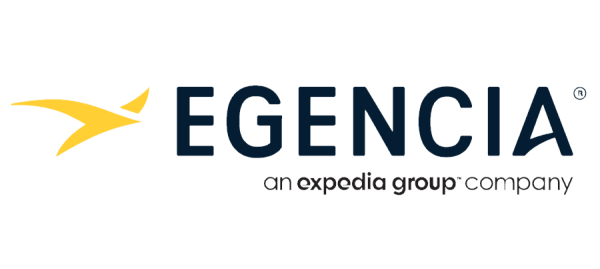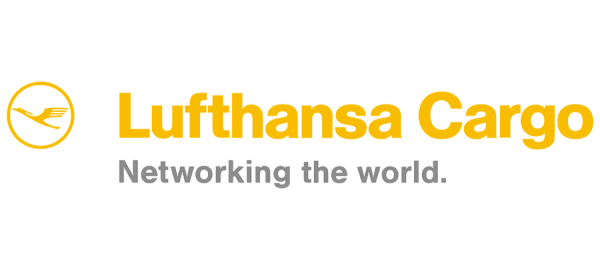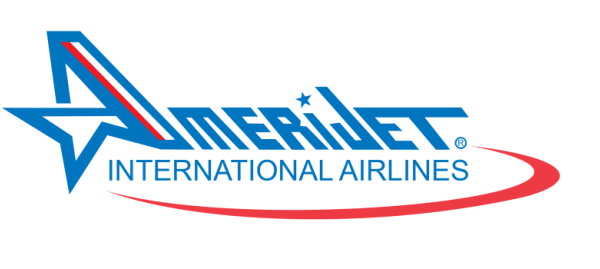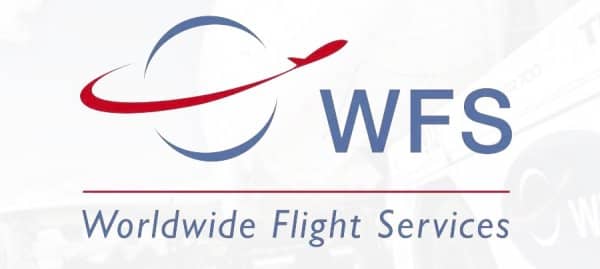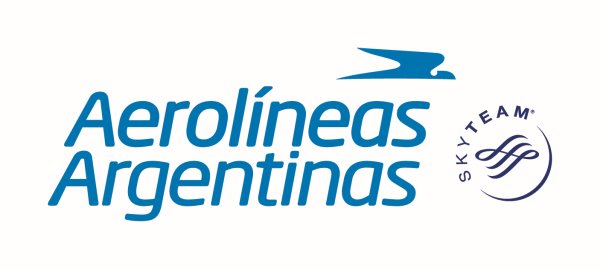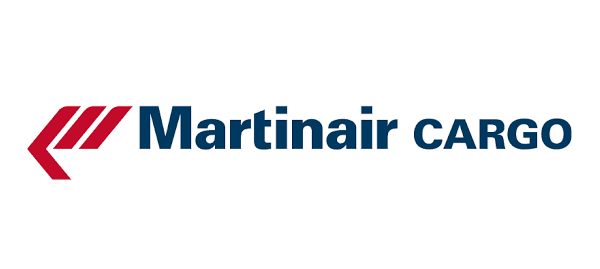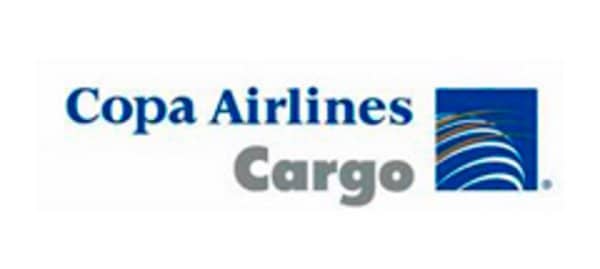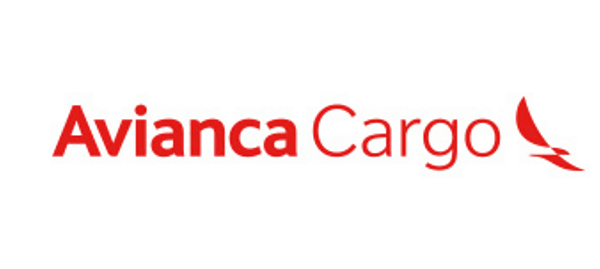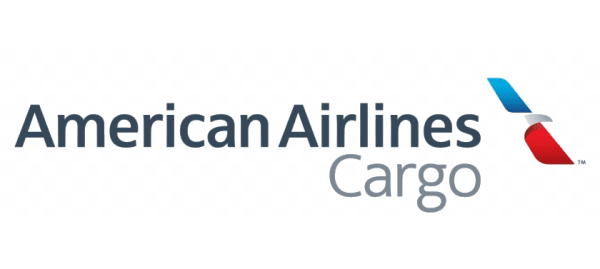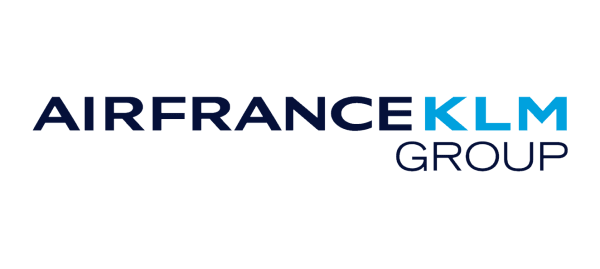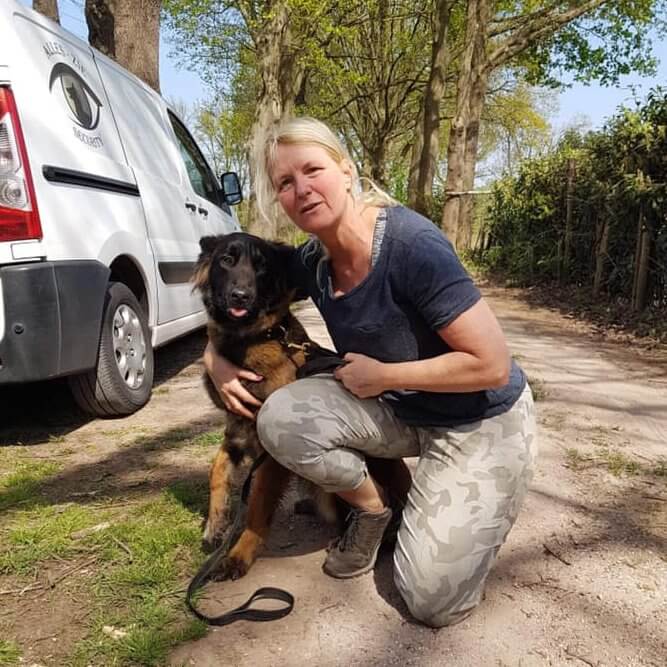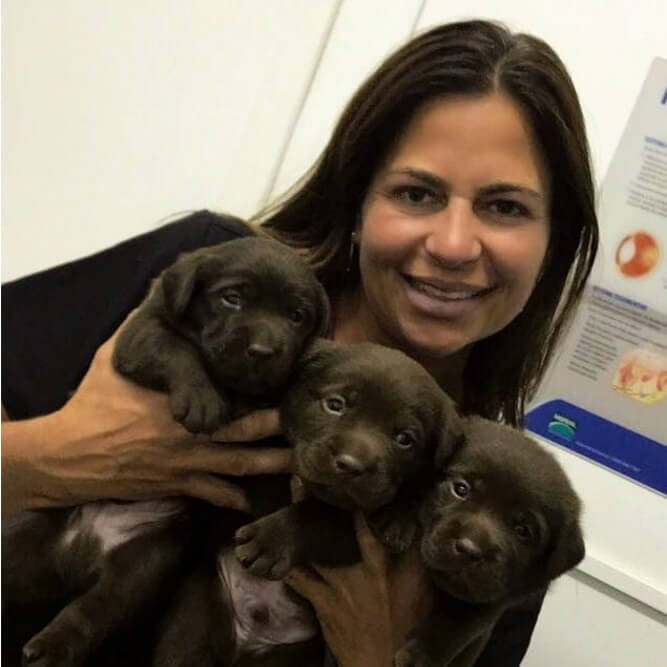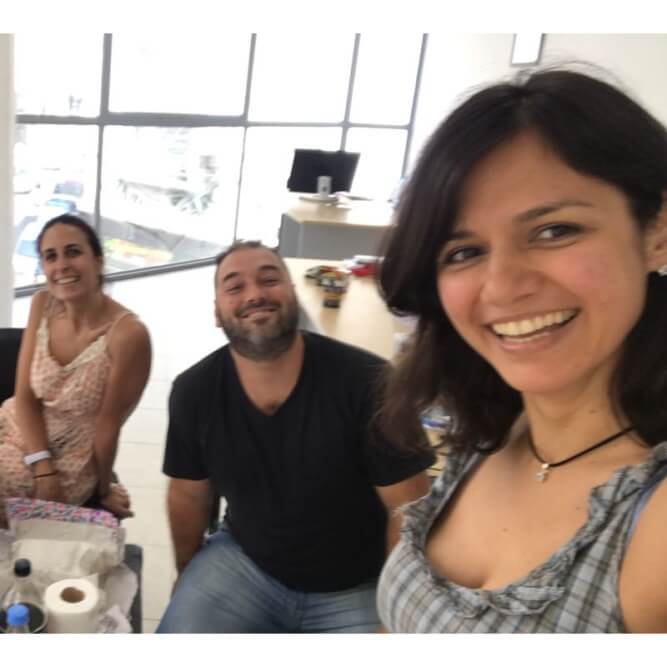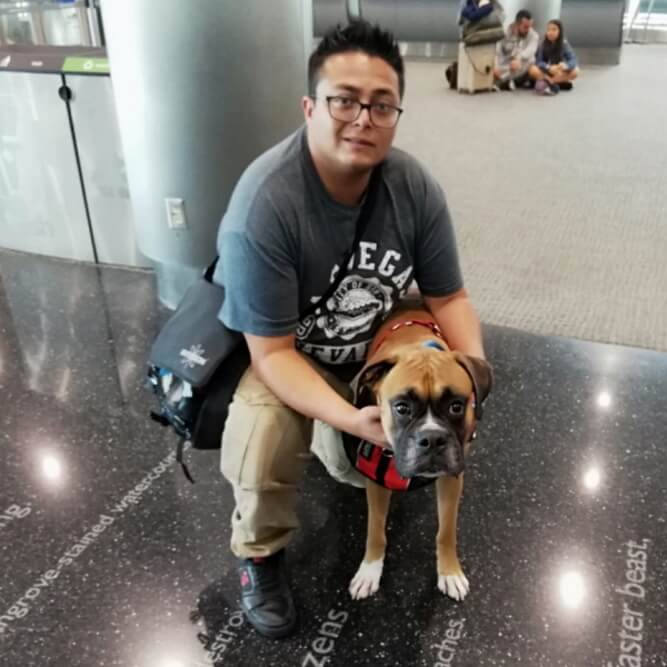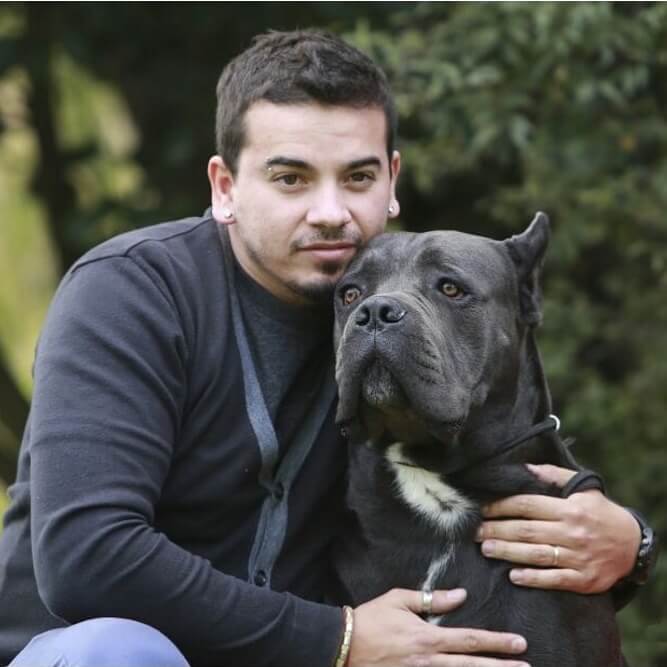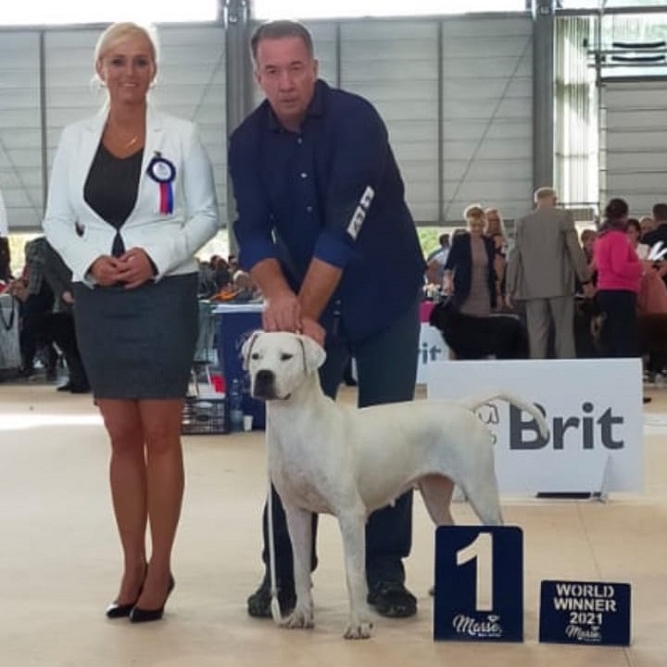Posted on
When the time comes to travel with a pet that’s too big for cabin, you must have a transport crate. It needs to meet IATA regulations for living animal transport. Commercial airlines don’t decide how the kennels should be. They must check if they meet certain IATA specifications to make sure your pet is safe while traveling.
The first thing you must do is find a well-built resistant crate and make your pet get used to it. This is going to be your pet’s house during your trip, it’s safe spot. You must make sure the crate is the right size and if it’s built safely. This is not the time to save a few bucks: Get the best crate you can afford for your pet’s safety. And to avoid being worried.
Also take in mind the fact that your pet’s crate must have water and food spot in it, a pillow for your pet or another absorbent or waterproof material, a strong door and correct ventilation. There are specific regulations that your crate must meet in it’s construction to be safe.
Do not use crates with a plastic door or side clips and remove it’s wheels if it has any. These are some of the requirements that the airlines demand for kennels:
- They must be made of fiberglass, metal, rigid plastic, welded metal mesh, solid wood or plywood (although some airlines like KLM or Air France don’t accept wood crates) they can’t be foldable.
- The floor of the crate must be solid and leak proof.
- The door must have a safe blocking system, actuated by a spring, all around with pins extended at least 1,6 cm (5/8 inches) beyond horizontal extrusions above and underneath the door. Consider the door must be builded with heavy plastic, welded strong enough so your pet can’t compromise it’s resistance (metal is recommended). The door must be nose and paw proof so your pet won’t get hurt. Some airlines suggest you hold the corners of the door with seals.
- The crate must be of though desing and not foldable. The roof must be solid but it can have ventilation as long as the roof resistance is not compromised (crates with doors in the upper part are not recommended)
- It must have ventilation in at least one extreme (the door) and two sides for national flights, and one extreme and three sides for international flights. The total ventilation area must be at least 16% of the total surface of all sides. It’s permitted aditional holes on the roof or in the sides as long as it doesn’t affect the crate resistance. Ventilation holes musn’t be sticked with tape or blocked in any way.
- Plastic holders are ok for some airlines, but many of them require metal screws and seals on every corner of the crate.
- Water bowls and food bowls must be attached to the inside of the main door and they must be filled from the outside of the crate without opening the door. Little funnels united to the door by seals makes it easier for the airline’s staff to fill the water bowls. Food can be attached to the upper part of the crate in a plastic bag.
- The crate must be marked with stickers of LIVE ANIMAL on the upper part, on the sides and also have directional stickers, your pet’s original documentation, contact information of the owner and a broker’s declaration of when was the pet fed and watered for the last time.
- The pet must be able to stand up and roll over in the inside of the crate.
Measuring your pet.
Measuring your pet it’s very important and this is what you have to do: Take a rope and measure your pet in three ways: From the upper part of your’s pet head (or the tip of it’s ears if they are erect) to the floor when it’s standing up (D)- From the tip of it’s nose until the tail base (A) and over the shoulders (c).
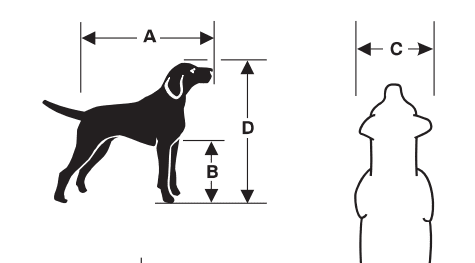
A- Large of the animal from the nose to the root of it’s tail.
B- Height from the floor to the elbow joint.
C- Width through it’s shoulders.
D- Height of the dog standing up (upper part of the head for pets with no erect ears – from the tip of the ears for pets with erect ears).
Therefore the crate must have the next dimensions:
Large- A + ½ B
Width- C x 2
Height- D
Some airlines require that for international flights the length, width and height to be a little bit bigger.
The brachycephals (flat nosed breeds) must have a crate 10% wider.
Some advice
Your pet must get used to it’s transport crate to avoid high stress on the trip.
Starting with putting it’s bed inside without the crates door and upper part and put it’s food inside the crate. After a few weeks attach the upper part and leave the door open allowing your pet to come in and out freely. After certain time start by leaving your pet inside the crate for 5 minutes, then 10 minutes, and so on until it get used to it and can handle long periods inside and remain calm.
Cover the crate with something light and breathable with the door closed for short periods so your pet can’t see what is happening around it, having a crate covered will help your pet feel safer and start to realize that it’s crate is it’s personal spot. A covered crate will also emulate the low lighting while traveling on a plane.
If it’s possible, make it sleep on the crate by night. It doesn’t have to be every night but it is a huge start as naturally, they are more relaxed during the night.
Take your pet on a road trip inside it’s crate, take it to a dog park or walk with it to a place that it enjoys, that way your pet will relate the crate with something positive and pleasant.
Find more information in:
https://www.iata.org/en/programs/cargo/live-animals/pets/
You can download the container information 1 applicable to cats and dogs (CR1 LAR 2020)
1 Container requirements 1 in English (pdf)
Extra Recomendations
- Attach a belt and a dog collar to the outside of the crate (put in a plastic bag and scotch tape).
- Record or print your pets name in the outside of the crate, as well as the name, address and phone number of the owner.
- Include a pillow for pets or a chopped newspaper. This is required by many airlines.
- Put also an unwashed t-shirt of yourself with your smell. This will provide comfort for your pet.
- Tape the original sanitary certificate and any other documentation required by the country of destination in the upper part of the crate in a plastic bag marked with “DO NOT REMOVE! ORIGINAL DOCUMENTS”
Do not include any hard toy or object that can bounce around and hurt your pet.
CRATE STANDART MEASUREMENTS THAT EXIST ON THE MARKET
Crate measurements are taken like this:
LENGTH x WIDTH x HEIGHT
And the approximate sizes we find on the market are:
| NUMBER | MEASURE (INCHES) |
MEASURE (CM) | BREEDS |
| 50 (X Small) | 19 x 12.6 x 10 | 48 x 32 x 25 | Small Puppies |
| 100 (Small) | 21 x 16 x 15 | 53 x 40 x 38 | Shit-zu, Chihuahua, Poodle Toy, Yorkshire, Cats |
| 200 (Medium) | 28 x 20.5 x 21.5 | 69 x 51 x 48 | Beagle, Cocker, French Bulldog, Dachshund, Corgi, etc |
| 300 (Intermediate) | 32 x 22.5 x 24 | 81 x 56 x 58 | English Bulldog, Shar-pei, Chow-Chow, Springer Spaniel, etc |
| 400 (Large) | 36 x 25 x 27 | 91 x 61 x 66 | Airdale Terrier, Boxer, Labrador, Golden, etc |
| 500 (XLarge) | 40 x 32 x 35 | 101 x 69 x 76 | small German Shepherd, Rottweiler, Doberman, Collie, etc |
| 600 / 700 (Giant) | 48 x 32 x 35 | 122 x 81 x 89 | Saint Bernard, large German Shepherd, Newfoundland, Great Dane, Mastiff, etc |
Special crates
IATA LAR CR82 (Requirement of Container 82)
There are some dog breeds that many airlines consider dangerous and get classified as “fighting dogs” or “breeds historically aggresive”.
Therefore, this breeds will need special crates of high resistance that accomplish with the IATA CR 82 rule for cargo transportation or to check-in big animals and “dangerous”. This includes dogs. If the airlines considers that the breed of the dog (even if it’s a mixed breed) is too dangerous or agresive, then it will need a crate compatible with CR#82 to travel by air transport.
Now well, What does IATA LAR CR82 mean?
IATA- International Air Transport Association
LAR- Live Animal Regulation
CR- Container Requirements
#82- Rule Number 82 to transport potentially dangerous pets.
The rule CR82 has additional specifications for the crates that must be implemented. Additional design principles must be applied regarding the frame, slides, floor, roof and the doors. No portion of the crate can be made of plastic, the CR82 crates must be made of wood, metal, synthetics materials, welded meshes or grating / wire mesh. The doors of the crate must be made of heavy wire, metal or reinforced wood and they need a secure clamping mechanism to guarantee that it can’t be opened by mistake during the pet’s transport.
The IATA CR82 rule itself is not new at all, it has been applied for many years. It specifies that any animal considered dangerous like wild animals from the zoo must be transported in special reinforced crates made entirely of wood and/or metal. For safety reasons, they do not accept plastic crates, or crates builded with pieces of plastic intended to transport animals considered dangerous.
At the beginning of 2012, the rule CR82 was reviewed to include specific dog breeds that are considered aggressive or classified as fight dogs like American Bully and Pit Bull. Now it is required that this dog breeds must be transported in the same type of cage compatible with CR82 used to transport wild animals like lions, tigers and bears. At first, this rule seemed to be tough and a bit unfair but for many pet owners it was a blessing. The review of CR82 allowed these breeds (that were forbidden to fly for many years) a second opportunity and a safer way to allow them to travel and be transported again in the airlines.
Some of the dog breeds included in category of dogs potentially dangerous that must fly on a IATA 82 reinforced crate include:
– American Bully
– Breeds of Pit Bull (American Pit Bull Terrier, American Staffordshire Terrier, Staffordshire Bull Terrier, Bull Terrier)
– Anatolian Shepherd
– Ca de Bou
– Cane Corso
– Caucasico Ovcharka (Pastor del Cáucaso)
– Dogo Argentino
– Fila Brasilero
– Perro de Presa Canario
– Presa Canario Tosa (Tosa Ken)
– Rottweiler
– Akita Inu
Keep in mind that this also includes mixed breeds of these dogs. The determination of the breed it’s confirmed by the Certificate of Pet Health issued by your veterinarian. There are some exceptions to the rule, for example, if your dog or puppy is classified as aggressive but it has less than six months old and weights less than 20 pounds, it’s not forced to travel in a crate compatible with CR82. Finally, keep in mind that if your dog doesn’t appear in the list but shows signs of aggression or misbehaviour during the registration process, they have the right to reject it or ask you to re-book when you have acquired a CR82 crate.
CR82 Examples
We wish to thank www.afklcargo.com for their kind support and suggestions on this important subject about a good practice in Pet Shipping.
If you’re ready for a Pet Shipping, complete the form with all the information required


